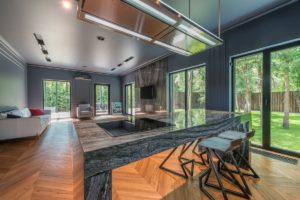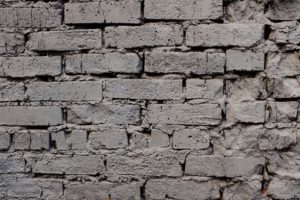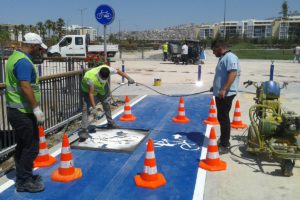Types Of Aluminium Battens & Uses
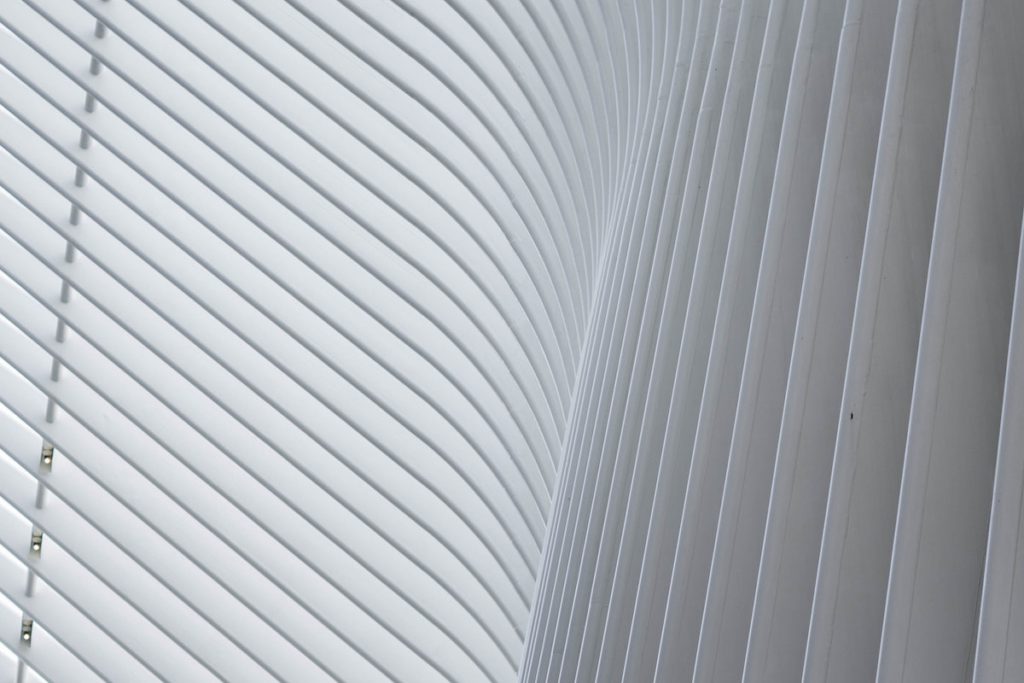
Aluminium battens are becoming increasingly popular in the world of interior design, both in the form of ceilings and internal feature walls, because their usable lengths (up to 6m), fire-proofing properties (non-combustible), and durability, are all vastly superior to conventional wood. Aluminium batten is versatile and can be made to appear smooth, metallic, or more timber-like–which brings us to our last aluminium-cladding styles. Our timber-look, natural-feeling aluminium battens, covered with an innovative, easy-to-install concealed fixer, provide combustible solutions, with a range of profiles and colours. Austratus experienced teams can manufacture aluminium joists and ceiling panels to your specifications, with any one of 30 timber-grain finishes.
Our strong, pre-finished aluminium ceiling tiles, sheets and batten systems are 100% aluminium, offering a low-maintenance, regulatory-compliant, and safer solution. Some of the most common finishes on aluminium sheeting panels include smooth texture, wood look, joists and sash. The Decorative Aluminium Cladding Range offers an authentic timber appearance, providing realistic woodgrain looks to wood panels and sidings, and unique metal surfaces, all whilst reaping the benefits of aluminium.
The aluminium with real wood finish Sculptform, as well as real timber veneer, provides a realistic wood-like appearance for timber panels, whilst also taking advantage of aluminium fire-resistance qualities. Whether you opt for aluminium siding that looks like wood, or an aluminium framing batten, the benefits are plentiful. Modern materials such as metal sidings, which have a board-and-batten design that is prefabricated, offer more protection from the elements, and they avoid a lot of common problems that come with real wood siding. What has changed is the materials used to make board and batten.
One of the most common types of traditional wooden siding is a board-and-batten, which uses wider boards spaced out and joined by narrower boards called battens, covering each of the joints. The spacing between your roof boards, or siding boards, is heavily dependent on what kind of exterior roofing materials you will use.
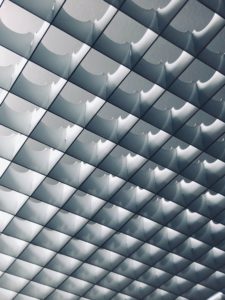
Roof joists or joists, also called roofing shingles, are used to provide attachment points for roofing materials like shingles or tiles. Battens are also used in metal roofing to hold up sheets called batten-seam roofing, which are covered by batten-roll joints. Some roofs can use a grid of battens on either side, known as the counter-batten system, which enhances ventilation.
There is an added advantage to a roof that has battens, namely, getting more use from the space of the attic. You are not required to use a batten roofing system by most building codes. Not all roofing uses a batten system, e.g. A membrane system does not use a batten system. There are certain situations that require the roof batten system like when there is an HVAC system on top or when there is a concrete tile, then a batten system is best used.
Wall Battens Similar to Roof Battens are used for fixing siding materials like tiles or shingles. While roofing battens are most often made from metal or wood, they can also be made from other materials like plastics or composites. A batten is most often a strip of solid material, historically wood, but it may also be made from plastic, metal, or fibreglass. A batten is generally recognized as a strip of solid material–typically wood–often used closely together with other such strips to produce a particular aesthetic or structural effect.
Board and Batten is a siding and panelling style that uses narrow strips of wood placed on top of joints in wider boards for a geometric, multi-layered look. In door construction, battens can be used to reinforce panels made from several boards, such as a bowed door, or cover joints. Aluminium battens may be used for creating wall ledges and feature ceilings, both for internal and external applications. Aluminium battens are perfect for many design projects, such as creating contemporary feature walls, and interior and exterior roofs.
One can use aluminium ceiling battens to accent a contemporary-style room and can use them to give a different mood and ambience to a plain-looking space, making it appear more dramatic and stylish. Due to the versatility of the aluminium battens, these can easily be mounted and installed in various areas in varying styles. H-shaped aluminium channels are available in varying widths, and wall thicknesses, and with design features like the battens that improve its holding power. Aluminium 6061 is used in structural applications because of the higher strength of grade 6061.
Aluminium boards and cladding sides are made of metal, steel offers greater strength compared to aluminium. Aluminium board and batten siding are considered to have a stronger, long-lasting exterior compared to real wood siding, however, still fall short compared to steel. Aluminium boards are designed hollow on the inside, and while it has a timber-look exterior, it is actually lighter, however, still has metals superior aluminium strength.
Common house designs using the boards and battens sides include both farm-style houses and country houses because the lines and appearance of the siding are similar to that of the shed sides.
Whether you are looking to enhance your property’s insulation or include aluminium cladding as part of a new architectural design, Austratus has you covered with the aluminium battens that you need. These fire-rated battens can be installed as part of either the wall or ceiling configuration. Whether you are looking to add a striking feature wall, or cover the entirety of the external area, you will find the ideal solution in the Austratus aluminium range of robust extruded cladding. Deciding upon an aluminium cladding system can be challenging given the vast number of different styles that are available to buy. The Click-on Batten aluminium cladding system by Sculptform can be used as a wall, ceiling, or exterior cladding for both interior and exterior applications.


